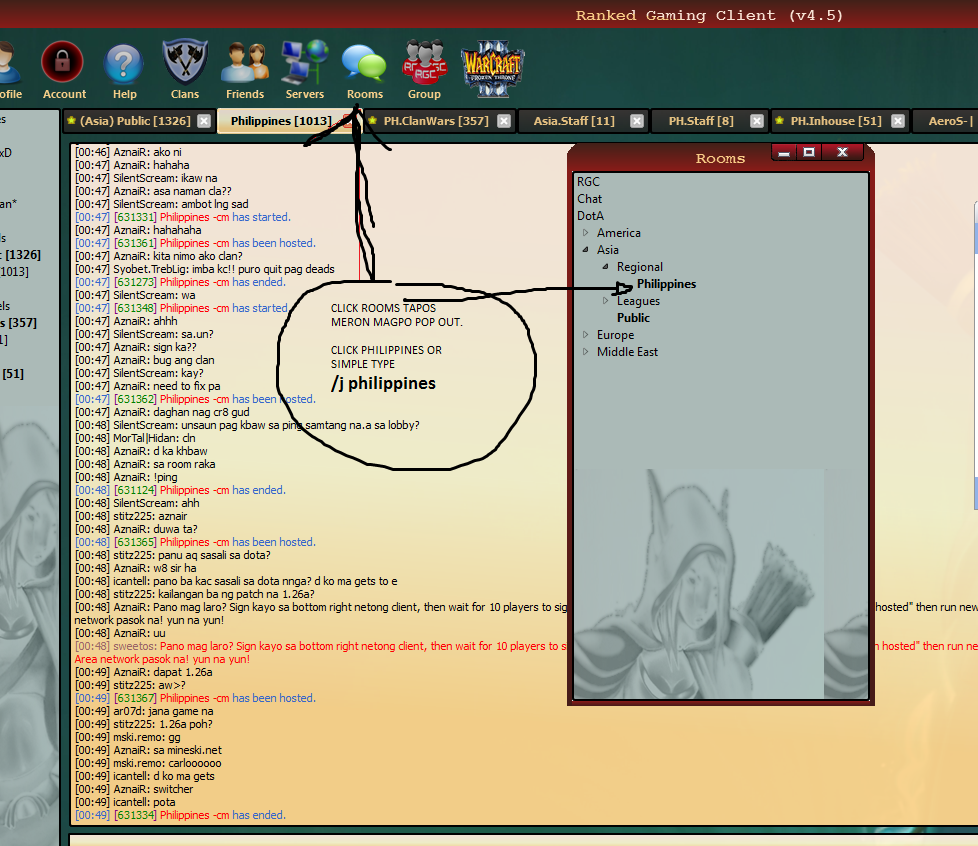
- #FLEXISIGN PRO 10 WINDOWS 7 LINES HOW TO#
- #FLEXISIGN PRO 10 WINDOWS 7 LINES INSTALL#
- #FLEXISIGN PRO 10 WINDOWS 7 LINES UPDATE#
- #FLEXISIGN PRO 10 WINDOWS 7 LINES FULL#
- #FLEXISIGN PRO 10 WINDOWS 7 LINES FOR WINDOWS 10#
#FLEXISIGN PRO 10 WINDOWS 7 LINES UPDATE#
(Optional) Type the following command to limit the use of Windows Update and press Enter:ĭISM /Online /Cleanup-Image /RestoreHealth /Source:E\Sources\install.wim /LimitAccess In the command, replace "F" with the drive letter corresponding to the ISO mount point in File Explorer. To run Deployment Image Servicing and Management tool with an alternate source (install.wim) image, use these steps:ĭISM /Online /Cleanup-Image /RestoreHealth /Source:E:\Sources\install.wim Under the "This PC" section, confirm the drive letter for the mount in the left pane.Īfter you complete the steps, you can continue with the DISM tool using the "Source" option to repair the local image of Windows 10.
#FLEXISIGN PRO 10 WINDOWS 7 LINES INSTALL#
Usually, you can use an "install.wim" or "install.esd" file from another computer, bootable install media, or Windows 10 ISO file. The DISM command typically completes without issues, but if there are problems replacing the damaged files or you are not connected to the internet, you will need to provide another image using the Source option to complete the task.

Fix problems with DISM using install.wim image Once you complete the steps, the Deployment Image Servicing and Management tool will connect to Windows Update online to download and replace damaged files (if applicable). After a few minutes, the process will complete successfully. Quick note: If the command appears stuck at any point, this is normal behavior. Type the following command to repair the Windows 10 image and press Enter:ĭISM /Online /Cleanup-Image /RestoreHealth To repair Windows 10 image problems with the DISM command tool, use these steps: If there are problems with the system image, you can use DISM with the RestoreHealth option to scan and repair common issues automatically. Type the following command to perform an advanced DISM scan and press Enter:Īfter you complete the steps, the advanced scan may take several minutes to check and determine whether the Windows 10 image needs repairing. To check problems with the ScanHealth option, use these steps:

The ScanHealth option performs a more advanced scan to determine if the OS image has any problems. Once you complete the steps, DISM will run and verify any data corruption that may require fixing. Type the following command to perform a quick check and press Enter: Search for Command Prompt, right-click the top result, and select the Run as administrator option.To check the Windows 10 image for issues with DISM, use these steps: However, the option does not perform any repairs. The CheckHealth option with the Deployment Image Servicing and Management command tool allows you quickly determine if there are any corruptions inside the local Windows 10 image.

Depending on the severity of the issue, you can also use the "RestoreHealth" option to fix the locally available image using different source files.
#FLEXISIGN PRO 10 WINDOWS 7 LINES FOR WINDOWS 10#
The DISM command tool for Windows 10 comes with three options to repair an image, including "CheckHealth," "ScanHealth," and "RestoreHealth," which you want to run in order.

#FLEXISIGN PRO 10 WINDOWS 7 LINES HOW TO#
How to use DISM to repair image of Windows 10
#FLEXISIGN PRO 10 WINDOWS 7 LINES FULL#
Warning: The commands outlined in this guide are non-destructive, but since you will be making system changes is still recommended to create a temporary full backup before proceeding.


 0 kommentar(er)
0 kommentar(er)
